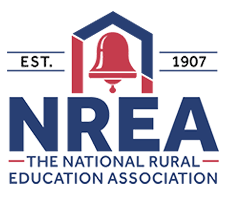Abstract
Bullying in rural school settings is clearly a problem and some of our students are suffering as a result.. Bullying is defined in this study of 819 rural middle and high school students as when a student is exposed repeatedly to negative actions by one or more other students. Students responded to a questionnaire about how often and where bullying occurred and who students told. Analysis of the data reported frequencies, and the Pearson chi-square was used to test for significance (p <.05) for gender and school level. Results indicated that while there are many similarities, there are some differences in bullying at these two levels that should be considered when reducing bullying. First, students should be encouraged to develop positive strategies to react to name calling and teasing particularly at the middle school level. Second, administrators and teachers must communicate better with students that they care about reducing bullying, especially at the high school level.
Creative Commons License

This work is licensed under a Creative Commons Attribution 4.0 International License.
Recommended Citation
Isernhagen, J.,
&
Harris, S.
(2004).
A Comparison of Bullying in Four Rural Middle and High Schools.
The Rural Educator, 25(3), 5-13.
https://doi.org/10.35608/ruraled.v25i3.523



